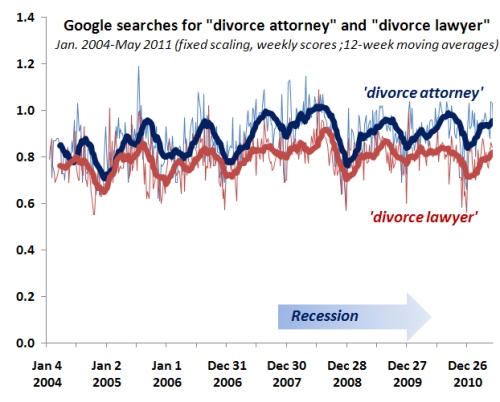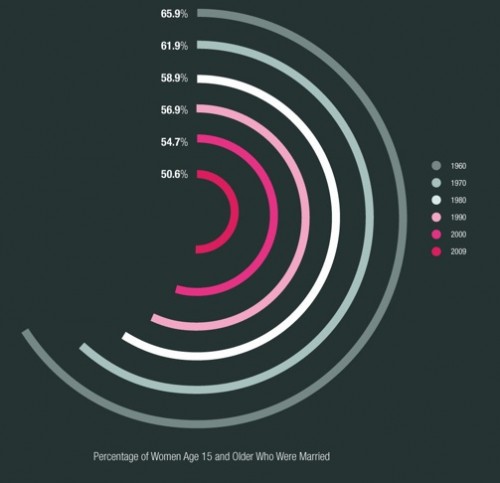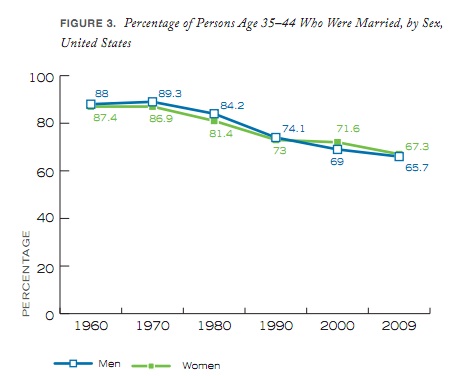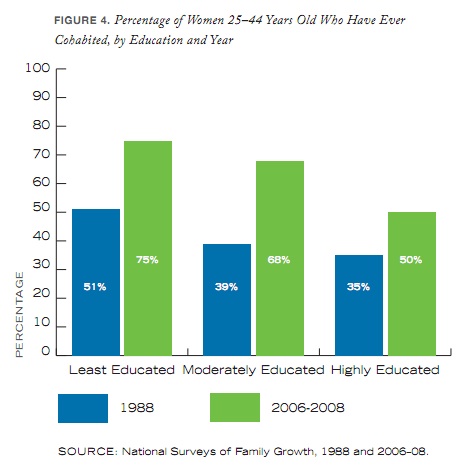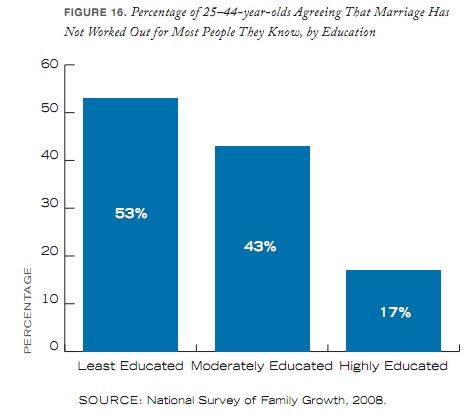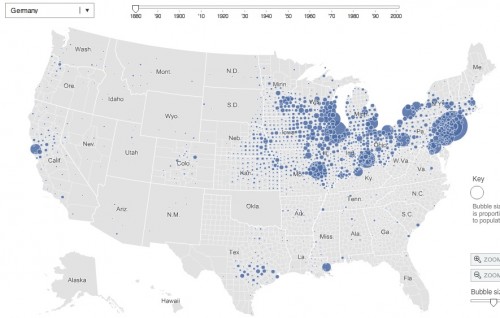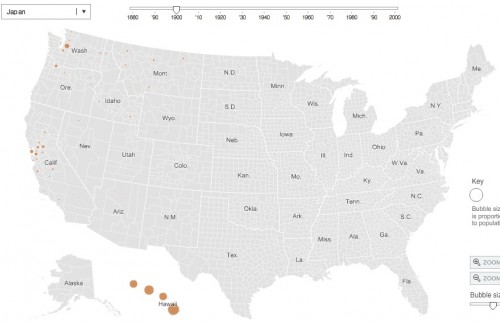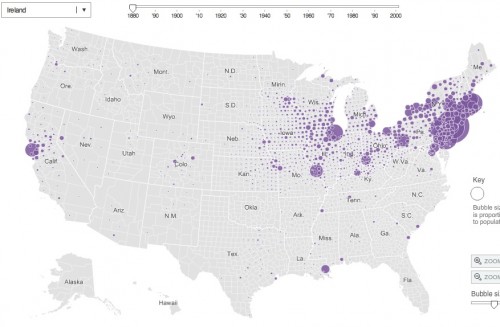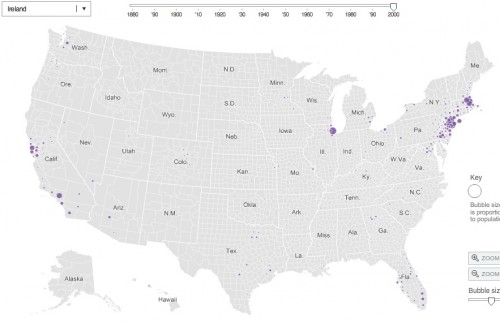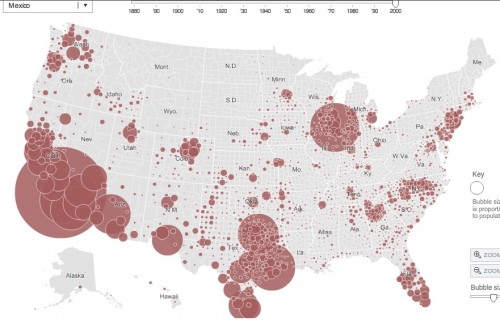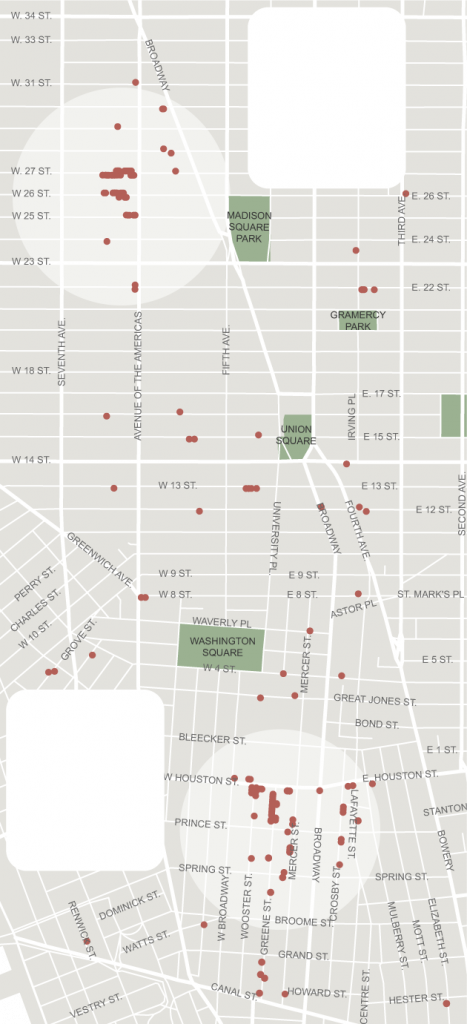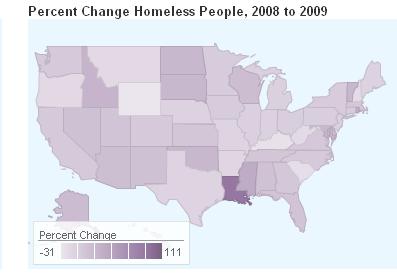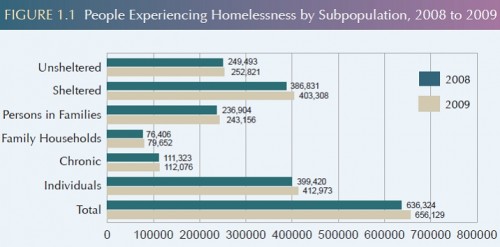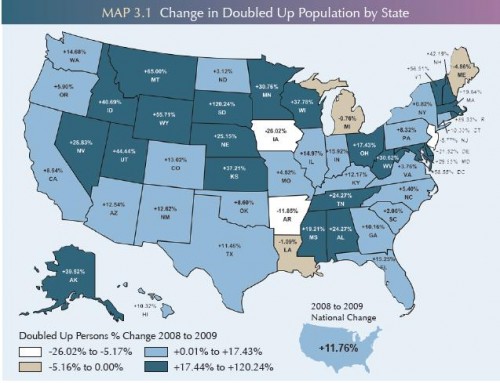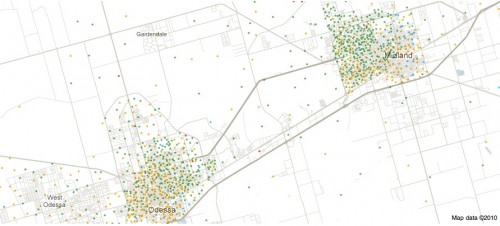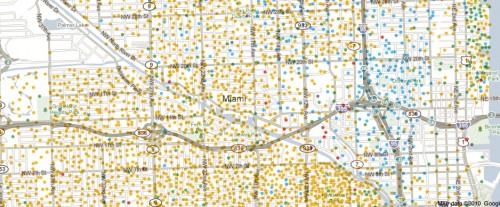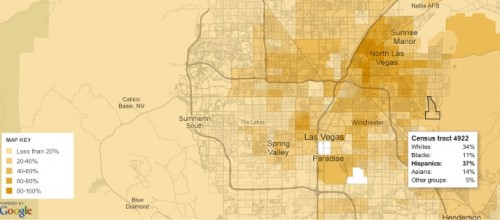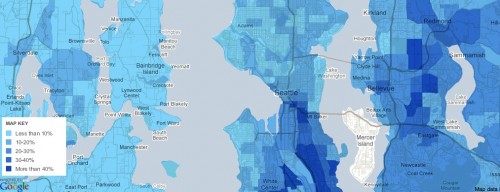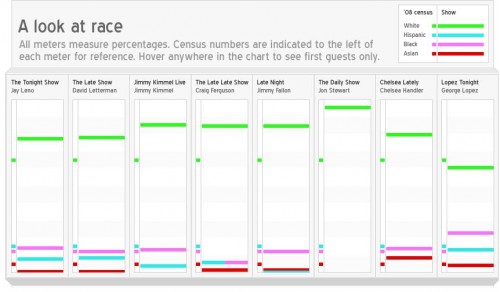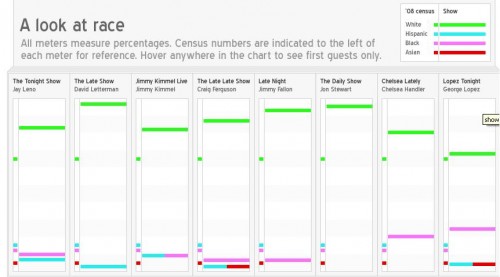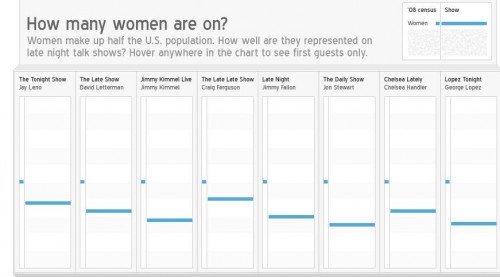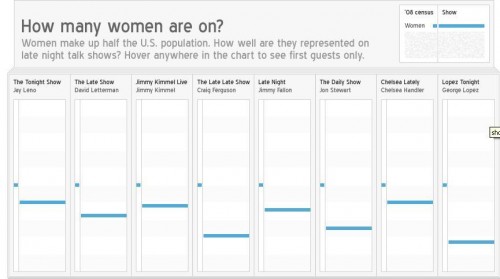Katrin sent along a link to a Los Angeles Times article reporting on how family composition in the LA area has changed in the past decade. The short story is that families are less “traditional” than they were ten years ago. Only 23% of households are now made up of a married couple with kids (down 10% since 2000). Meanwhile, single-parent families, non-married partners (with and without kids), and same-sex couples (with and without kids) have all increased by 20-25%. Married couples without kids are up too (by 4%), they’re now 26% of all households.
The maps below show the percent of households in each census tract that include an unmarried couple living together. Darker orange means a greater percentage. You can see that this convention-breaking isn’t evenly distributed. I think the big orange blob underneath Burbank is Silver Lake/Echo Park, a notoriously hip part of the city where you find lots of “hipsters,” and Hollywood, where the population of same-sex couples is likely higher.
Los Angelenos, do you see anything else interesting?
See also the amusing: What Does a Traditional Family Look Like?
Lisa Wade, PhD is an Associate Professor at Tulane University. She is the author of American Hookup, a book about college sexual culture; a textbook about gender; and a forthcoming introductory text: Terrible Magnificent Sociology. You can follow her on Twitter and Instagram.





